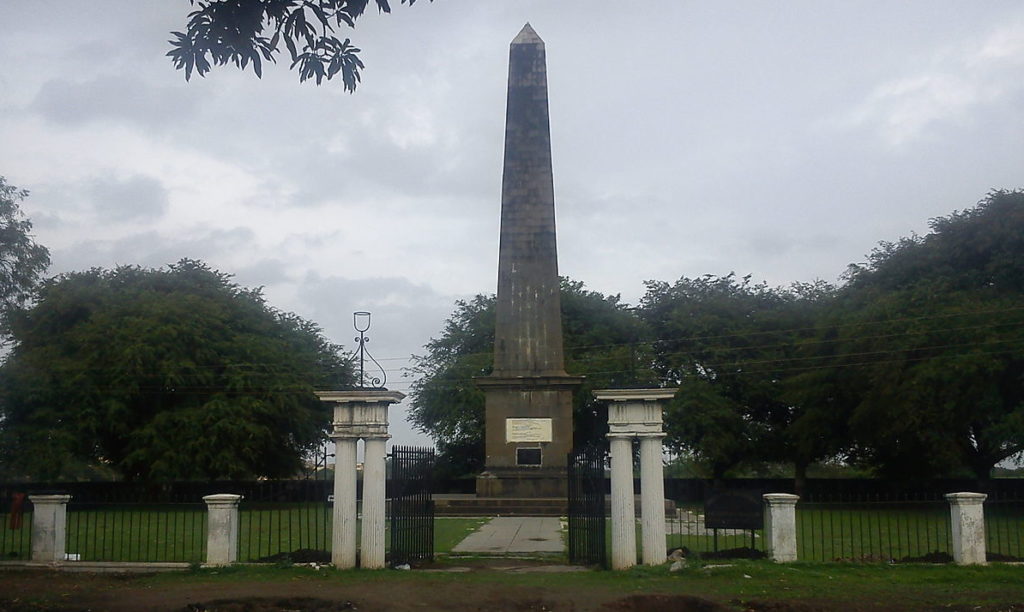
Bhima Koregaon – What 500 Can Teach After 200 years?
The battle of Bhima Koregaon is a landmark battle in many aspects. On 1st January 1818, the disciplined and organised army of 500 defeated the 20,000 army of the Peshvas. The 500 disciplined Mahars, some other marginalised castes along with the British officers defeated what can be considered as the inhuman draconian casteist rule of the Peshvas.
In the history of the world, there are many battles and revolutions fought for the liberation from the slavery. The Haitian Revolution that started in 1791 by the African slaves resulted into complete take over of Haiti by the year 1804. The fight of the African American through the military and the rebellion of Nat Turner are some of the landmark events in the history of the world when the oppressed classes took up the arms.
Bhima Koregaon battle is important because the worst oppressors were defeated. The origin of Mahars is discussed by Babasaheb Ambedkar in the short paper on “Who were the Mahars” and it is clear that Mahars have a martial history. They were the brave classes who fought and fought with bravery. Not only the Mahars, but the major untouchables castes were the martial races. That was the time India was divided into many small states ruled by different Maharajas.
Though there were many states, the upper castes reduced the erstwhile martial classes to the lowest rung. Babasaheb Ambedkar tried to find the origin of the word Mahars and he found that it was not in use till 300 years. Gustav Oppert, a remarkable German Indologist, in his book “the original inhabitants of India” showed that the untouchable castes throughout India have a common social origin. They got different names over the period of time.
Now coming back to the battle of Bhima Koregaon, the people who were treated badly by the Brahminical Peshvas took revenge and the revenge was brutal. After the battle of Bhima Koregaon, the British became the masters of India. Even in the battle of Plassey and Buxor, the untouchables of the region fought side by side with the British army.
Though India was united politically under the British and the untouchables fought for their rights and their liberation, the British were ungrateful and they recruited other castes after they won India. They delisted the untouchables, they only started listing them when the realised that untouchables have risen politically through the social mobilisation. Babasaheb Ambedkar played a role in starting the Mahar regiment again.
After 200 years, the 500 who fought have important lessons to teach us.
We must stand united. The unity is a great strength, even the worst barbarians can be tamed by the power of unity.
It is important to mobilise the disciplined army of people who would stand together in the thick and thin of life and circumstances.
It is essential to make self-respect as the way of life for oneself and other people.
It is important to form the alliances with the decisive allies. The alliances are important for building the strength. Now is the time to develop the all India strength.
After the success, don’t give one’s independence and do not rely on the strength of others. The way British dumped the martial races and did not do anything for them is a lesson in history. The untouchables must have developed their own strength without relying on others. The inner strength is more important than outer promises.
Believing in the greatness of mission. Even a few people committed to the mission can challenge the huge army of the detractors.
Author – Mangesh Dahiwale, Human Rights Activist



+ There are no comments
Add yours